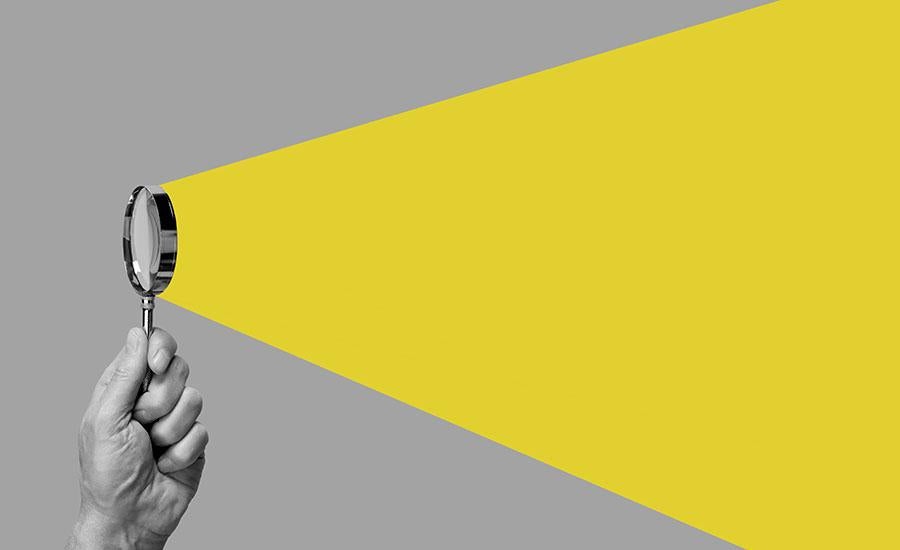
Light Reflection and Light Refraction
How do light rays reflect and refract? Does light travel at different speeds in different mediums? This lesson reviews how light waves can be reflected and refracted, and how light waves can change speed when being transmitted from one medium to another. Snell's Law is examined in detail, as are the properties of light waves in general, such as speed, frequency and wavelength. An exploration of mirrors (for light reflection) and lenses (for light refraction) are included, as are prisms which exhibit light dispersion and internal reflection. Lastly, examples of how light reflection and light refraction are used in modern devices and technologies are provided.
Lesson Plan Link/URL
https://docs.google.com/presentation/d/1a9IcZRdvHLA3M8SHjD3Frk_4jkZSZbm3/edit?u…Subject Area
Science Physical Science P1: Matter P4: Energy Transfer Engineering S2: Apply the Engineering Design Process S4: Apply Science to Engineering Mathematics Geometry (G) Algebra (A) Reasoning with Trigonometry (RT) Reasoning with Vectors (RV)Related Content

In this high school lesson, students will get the opportunity to engage in scientific research, studying sustainability and fuel options, while creating models to represent their knowledge.

This lesson is intended to be the second lesson within a series. After the first lesson, exploring the transfer of power within a system, Students utilize this lesson, lesson 2, to explain how and

In this lesson, students use the Kepler’s Laws PhET Simulation to collect data on the period and average radius of the planetary orbits. They graph and analyze that data to derive Kepler’s 3rd Law.